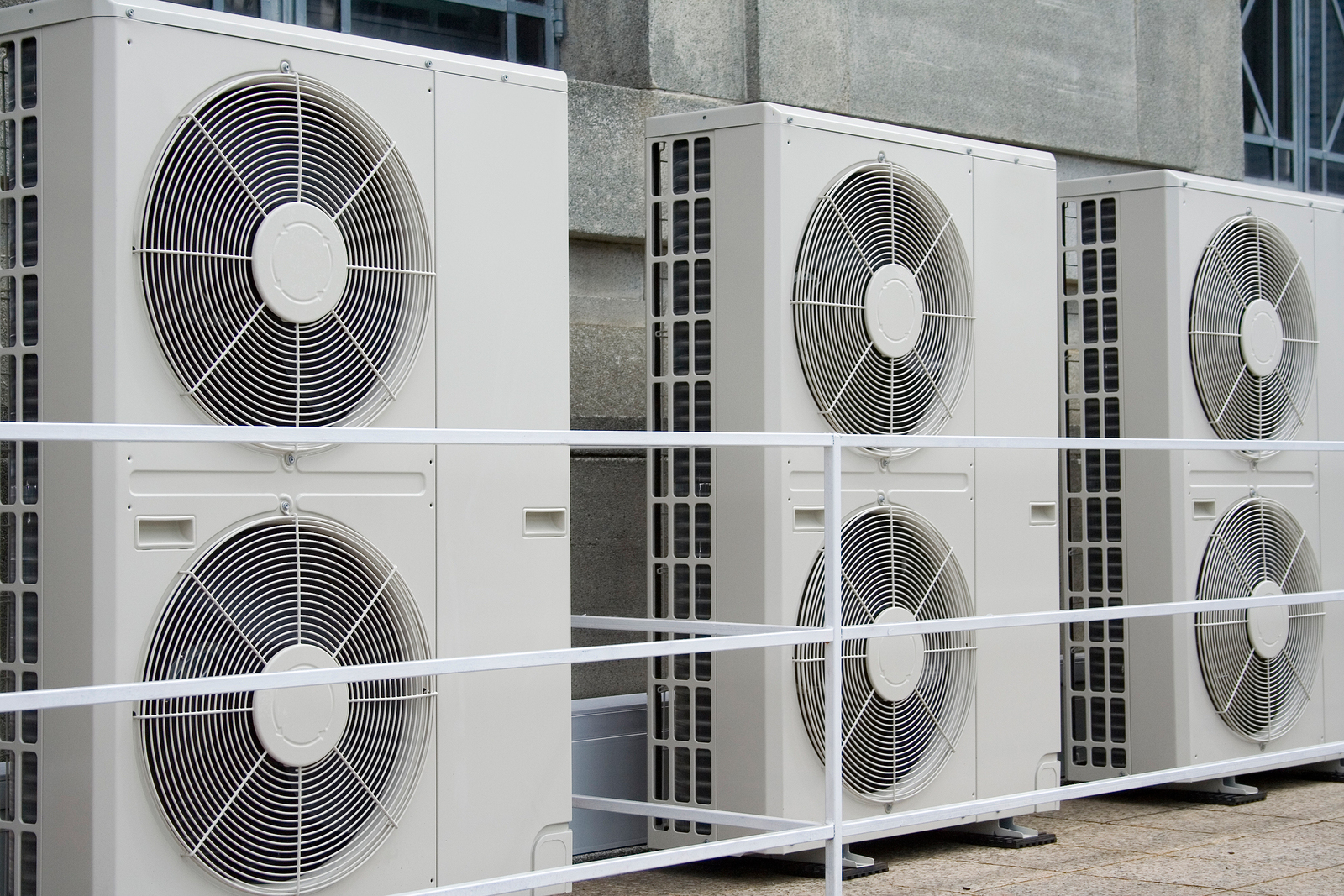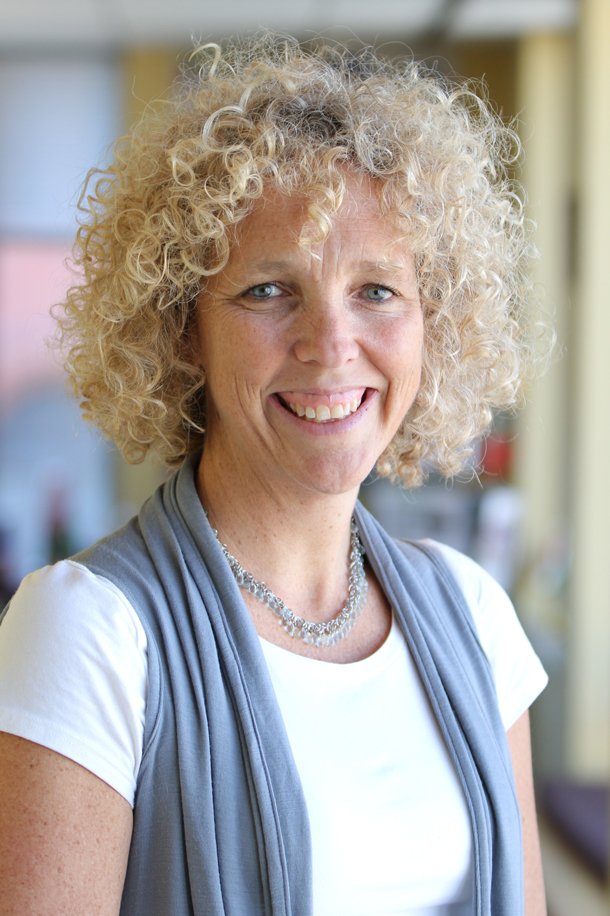The US and China Strike A Climate Deal
Air Date: Week of June 14, 2013

HFCs are used for refrigeration and air conditioning (photo: bigstockphoto.com)
The world’s two largest global warming gas emitters, the United States and China, have forged an agreement to work together to cut their use of climate-disrupting hydrofluorocarbons. Jennifer Morgan, director of climate and energy programs at the World Resources Institute, joins host Steve Curwood to discuss the significance of the deal.
Transcript
CURWOOD: From the Jennifer and Ted Stanley Studios in Boston, This is Living on Earth. I’m Steve Curwood. The UN has been haggling over rules to address climate change since 1992, but has yet to reach a comprehensive deal. But now the world’s two largest emitters, the US and China, have struck an agreement to limit their use of the potent greenhouse gases called hydrofluorocarbons, HFCs. The pact is based on the rules of the Montreal Protocol that governs the gases that destroy the ozone layer. To put this in perspective, we're joined now by Jennifer Morgan, Director of the Climate and Energy Program at the World Resources Institute. Welcome to Living on Earth.
MORGAN: Thank you. Good to be here.
CURWOOD: So first off, what exactly are these chemicals and how are they currently being regulated on an international level?
MORGAN: Well, these are chemicals that go into refrigerators and air conditioners and currently they aren't all that regulated on the international level. They were replacements for CFCs which people might remember back from the late 80s which were a main cause of the hole in the ozone layer - these were the replacements for those over time. But now it's been found is that they are very potent greenhouse gas emissions and cause climate change.
CURWOOD: So - don't make a hole in the ozone layer, but heat up the planet.
MORGAN: Exactly. These are very damaging. They’re kind of like super greenhouse gas emissions, 1000 times more potent than carbon dioxide, which is the main greenhouse gas that comes from the burning of fossil fuels. A small share, but a very big impact.
CURWOOD: So what exactly have United States and China agreed to at this point?
MORGAN: Well the U.S. and China basically have agreed that they’re going to work together and that they're going to work under the Montreal protocol to phase down both the consumption and the production of HFCs. So I think what they're aiming for is to bring other countries along to implement...to agree to and then implement...such a phase out by 2050.

Jennifer Morgan (photo: World Resources Institute)
CURWOOD: So if China really goes along with this it would be accepting then binding limits on this particular gas?
MORGAN: Yes, that's part of how the Montreal protocol works. There's a fund to help give support - it’s unclear whether China would get that - but it's basically stepped out from its position with India and is working with United States on this one.
CURWOOD: How significant is it that these two giant polluters are coming to the table in terms of the climate negotiations?
MORGAN: It's very significant that these two players are coming to the table. It builds confidence, I think, of other countries for the most part - especially in Asia - that they're going to work to find solutions rather than battle it out and things collapse. It's a new era in a way for US-China relations on climate which hopefully will then build much more transformational change in the future.
CURWOOD: How does this rapprochement over HFC's impact the UN climate negotiations?
MORGAN: I think it will inspire many, because one of the key worries often of other countries is whether the US and China can work together as the two biggest polluters. So I think it will inspire that. I think it will put pressure on countries that want to work with China like the EU to really step it up and have their heads of state engaging the Chinese president as well. But I think it’s going bring a bit of a jitter in a positive way into the climate negotiations because it shows that international cooperation is really possible.
CURWOOD: Now, just recently a group of countries announced that they are establishing what they call a renewables club to deal with renewable energy issues together. Can you describe that club for me and what it might mean for climate negotiations?
MORGAN: Sure. The German environment minister brought together 10 countries in total; Germany and China and India, South Africa, and even the United Arab Emirates and a couple of European countries to create this renewables club and the main goal is to scale up renewables as quickly as possible. Germany clearly is doing this; it's got almost quarter of its electricity right now from renewable energy. And the goal is really step-by-step to do that; to look at how they can work together to make that happen. I think for the climate negotiations it is part of this debate of trying to get more ambition now because it's recognized that what's currently being implemented around the world is not enough.
CURWOOD: What do you make of China and India being invited to the renewables club, but not the United States?
MORGAN: It's not that much of a surprise. These countries all have ambitious national policies in place and that has been proven to be the main thing to drive the buildup of renewables. So these are major players in the global marketplace, and as of yet US is lagging behind. So I think it's an indication of that. And the US needs to put a national policy in place to drive renewables then and they can join I think.
CURWOOD: Jennifer Morgan is the Director of the Climate and Energy program at the World Resources Institute. Thanks so much for joining us.
MORGAN: Thank you very much.
Links
Living on Earth wants to hear from you!
Living on Earth
62 Calef Highway, Suite 212
Lee, NH 03861
Telephone: 617-287-4121
E-mail: comments@loe.org
Newsletter [Click here]
Donate to Living on Earth!
Living on Earth is an independent media program and relies entirely on contributions from listeners and institutions supporting public service. Please donate now to preserve an independent environmental voice.
NewsletterLiving on Earth offers a weekly delivery of the show's rundown to your mailbox. Sign up for our newsletter today!
 Sailors For The Sea: Be the change you want to sea.
Sailors For The Sea: Be the change you want to sea.
 The Grantham Foundation for the Protection of the Environment: Committed to protecting and improving the health of the global environment.
The Grantham Foundation for the Protection of the Environment: Committed to protecting and improving the health of the global environment.
 Contribute to Living on Earth and receive, as our gift to you, an archival print of one of Mark Seth Lender's extraordinary wildlife photographs. Follow the link to see Mark's current collection of photographs.
Contribute to Living on Earth and receive, as our gift to you, an archival print of one of Mark Seth Lender's extraordinary wildlife photographs. Follow the link to see Mark's current collection of photographs.
 Buy a signed copy of Mark Seth Lender's book Smeagull the Seagull & support Living on Earth
Buy a signed copy of Mark Seth Lender's book Smeagull the Seagull & support Living on Earth

